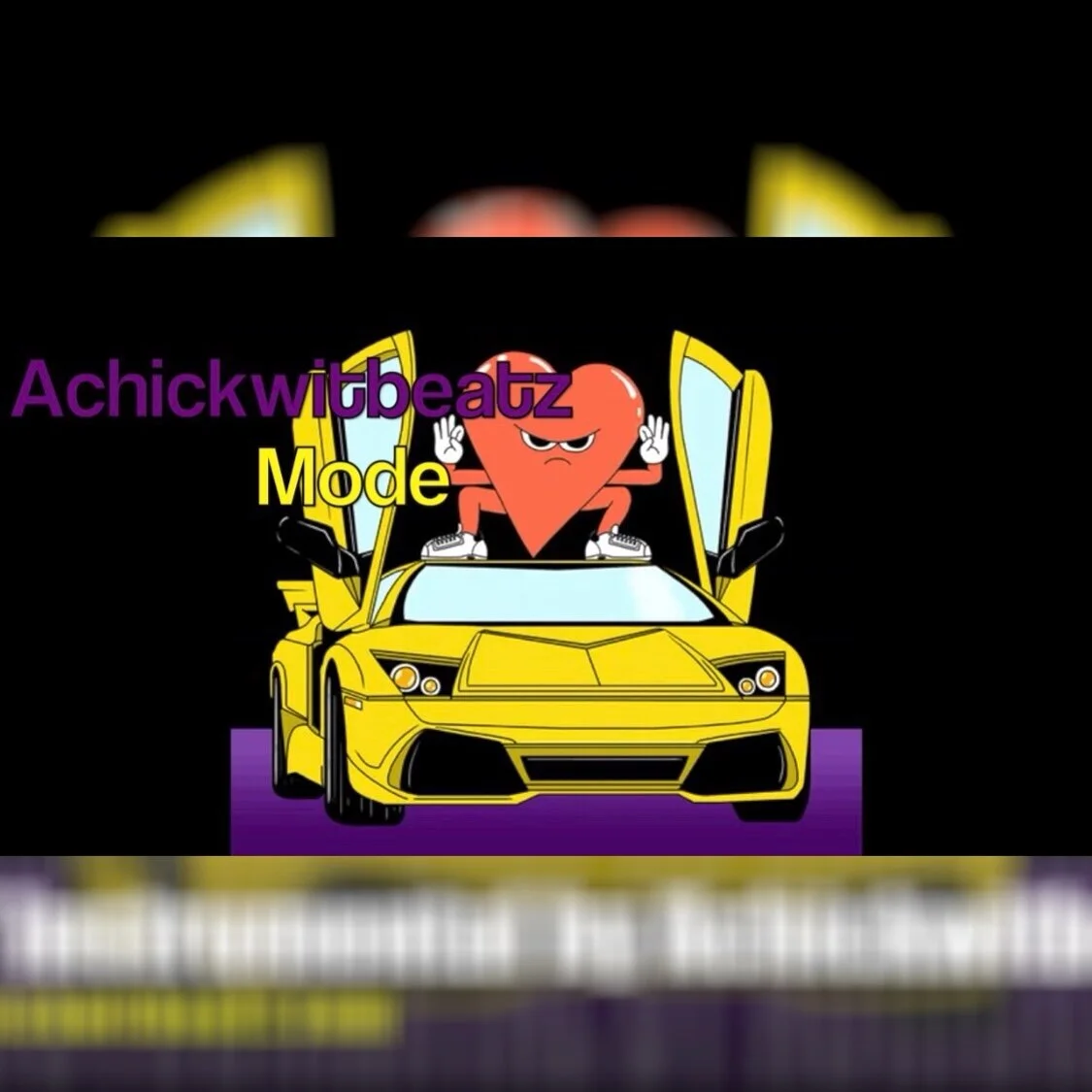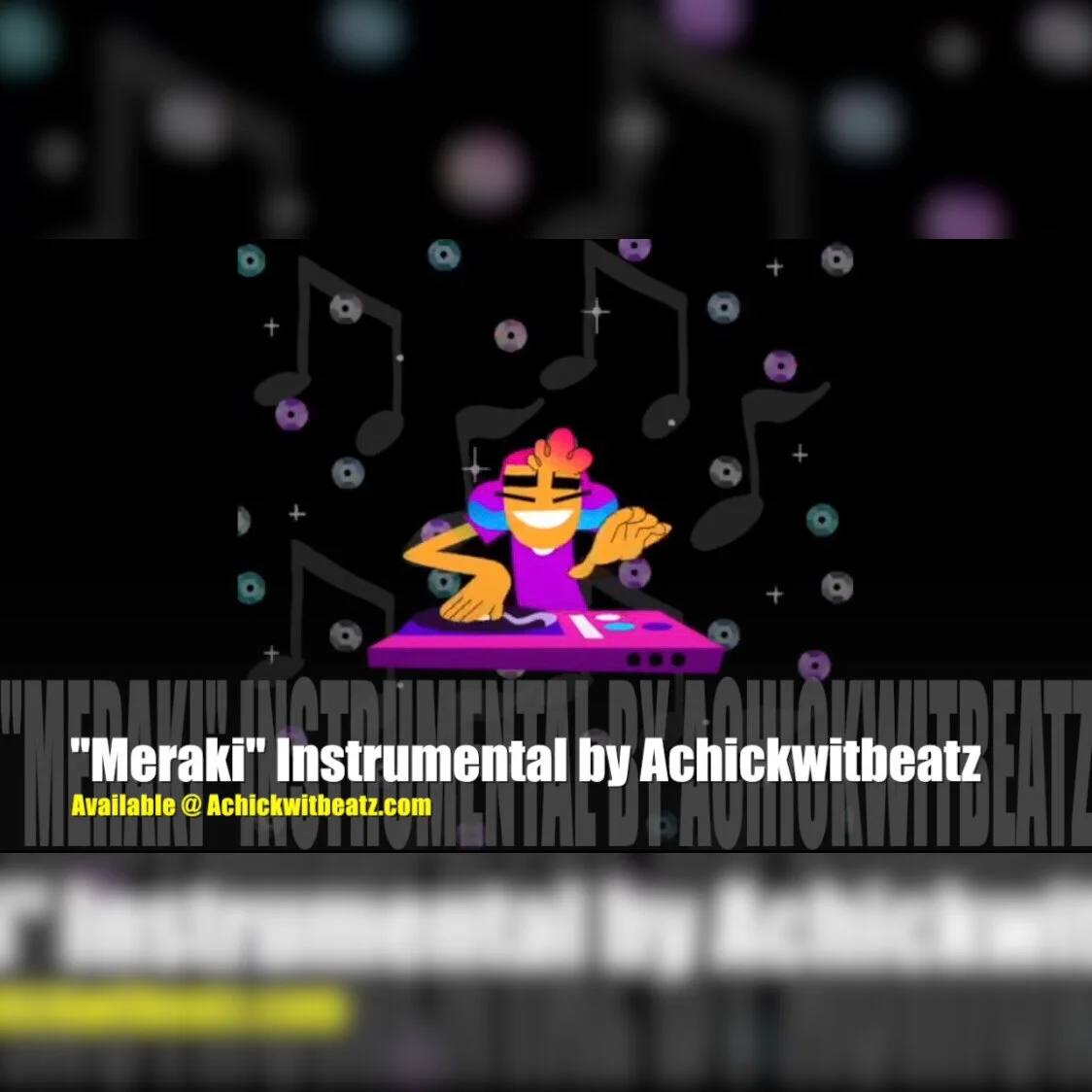Photo by Max Kukurudziak on Unsplash
I’ve been researching collaboration for cross-promotion as a music marketing strategy for independent artists. Features are a common place to start, but there aren’t the only way to build strategic partnerships between artists to amplify each other’s reach.
Cross-promotion is often mentioned in passing in music marketing advice, but many don’t break down how to do it well or what to look out for. Here are some key takeaways from patterns I’ve observed from independent artists who are navigating this successfully, and questions we should be asking before jumping into a collab.
How Cross-Promotion Works for Indie Artists
Photo by Jabber Visuals on Unsplash
Cross-promotion is essentially about aligning with another artist to mutually benefit from each other’s audience. It works best when it’s built on a symbiotic relationship and credibility. When executed properly, it can create:
Audience overlap without algorithm dependency
Trust transfer, because fans are more likely to check out an artist recommended by someone they already follow
Content expansion across platforms, especially when each artist contributes something unique to the collaboration
All of these things can benefit artists at any stage in their career, whether their independent or have major-label reach.
What Counts as a Cross-Promotional Collaboration?
Photo by Joyce Romero on Unsplash
Collaboration doesn’t always have to mean releasing a track together. Cross-promotion can take place in various ways, including:
Co-hosted Instagram Lives or YouTube AMAs
Joint giveaways (merch bundles, show tickets, etc.)
Playlist exchanges or co-curated Spotify playlists
Exchanging newsletter shoutouts or email introductions
Running TikTok duets that riff on a shared theme or challenge
Participating in each other’s behind-the-scenes content (studio sessions, tour diaries)
The key is that both artists are bringing value and exposure to the table, and both audiences are being engaged directly.
What Makes Cross-Promotion Work?
Photo by Yohann LIBOT on Unsplash
Truth be told, not all collaborations are worth pursuing. Based on what I’ve explored so far, here are some of the main factors that increase the likelihood of a successful partnership:
1. Choosing Audience Compatibility Over Size
You don’t have to partner with someone who has a larger following than you, just someone aligned with your creativity and what you aim to achieve as an artist. Genre is a factor, but audience mindset is even more important (see Run DMC & Aerosmith “Walk This Way”). Are their fans likely to engage with your sound, message, or personality?
For example, a lo-fi beatmaker and a chill-hop artist might have vastly different follower counts but serve the same type of listener, and that’s still a meaningful match.
2. Having Clear & Agreed-Upon Goals
Cross-promotion can flop when expectations aren’t aligned. Before you say yes to anything, discuss:
What’s the intended outcome (streams, follows, email subs, event attendance)?
Who’s responsible for what (graphics, posting schedule, email language)?
Some artists find it useful to create a lightweight, shared Google Doc or spreadsheet to keep things organized without turning it into a full-on contract.
3. Developing Platform-Appropriate Strategy
Each platform has different dynamics. Instagram collaborations perform differently than TikTok duets, and a YouTube co-release needs different prep than an email swap.
Determine where your audiences are most active and design your efforts around that. Don’t spread thin across too many platforms just for the sake of it.
4. Using Your Tone Voice & Not Influencer Buzzwords
One of the most common traps people fall into with cross-promo attempts is generic, sales pitch-esque language. “Go check out my friend’s new single” isn’t compelling without the “why” and it reads kind of as if it’s just copied and pasted. Instead, share why you’re excited or how the collaboration came together. Try to keep it artist-to-fan instead of brand-to-consumer.
Questions to Ask Before You Collaborate
Photo by Uladzislau Petrushkevich on Unsplash
If you’re vetting a potential cross-promotional partnership, here are questions that can help clarify whether it’s worth pursuing:
Do we have overlapping but not identical audiences?
Can we offer something fresh to each other’s fans?
Are our values and communication styles compatible?
Is there mutual follow-through and respect?
Cross-promotion requires trust. If someone consistently misses deadlines, underdelivers, or treats it like a one-sided promo, it’s probably not a good fit.
Red Flags and Pitfalls to Avoid
Photo by Feifei Peng on Unsplash
While collaboration can be powerful, there are traps that can drain your time and energy if you're not careful:
Only one artist benefits: If they’re asking for support without offering real value in return, it’s not a collaboration, it’s a favor.
Clout-chasing partnerships: Aligning with someone just for numbers frequently results in disinterested fans and only surface-level engagement.
Mismatch in tone or professionalism: If one artist shows up fully and the other is winging it, the imbalance becomes obvious.
It’s okay to say no. Protecting your brand and your time is as important as building your network.
If there’s one thing that keeps coming up in my research, it’s that cross-promotion is most effective when it’s part of a larger collaborative mindset. Artists who actively build community (not just marketing partnerships) tend to see better results over time.
This does not mean doing everything for free or constantly shouting others out without return. It means treating your fellow artists as partners, not competitors. We’re all working within the same ecosystem, and when done right, cross-promotion helps everyone grow.
Looking to collaborate intentionally? Start by reviewing your existing network, DMs, show lineups, mutual followers. You might be sitting on connections you haven’t activated yet.
More to come as I continue exploring how indie artists can market smarter, not harder. If you’ve seen cross-promotion work well (or not), I’m gathering real-world examples, so feel free to reach out!
- Art
- Independent Labels
- Internet Radio
- Music Documentaries
- Album Reviews
- Music History
- Music Industry News
- Free Game Friday
- Free Downloads
- Poetry
- Books
- Interviews
- Did You See It?!
- Hip Hop History
- Hear Here
- Music News
- Hip Hop Documentaries
- Music Marvels Radio Show
- Think Piece Thursday
- Mini Documentaries
- Instrumental Intel
- Music Humor
- Indie Analysis
- Conversations & Quotables
- Music
- Resources for Artists
- Podcasts
- Beats/Instrumentals
- Music Education
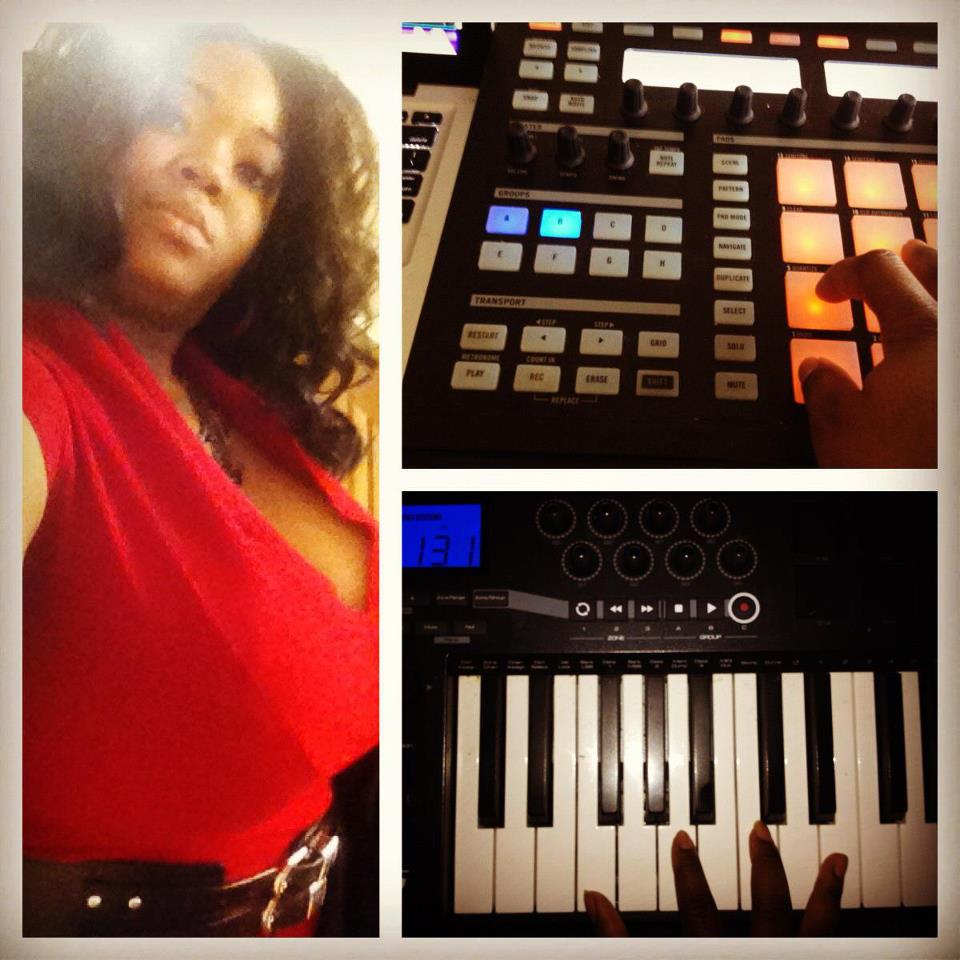















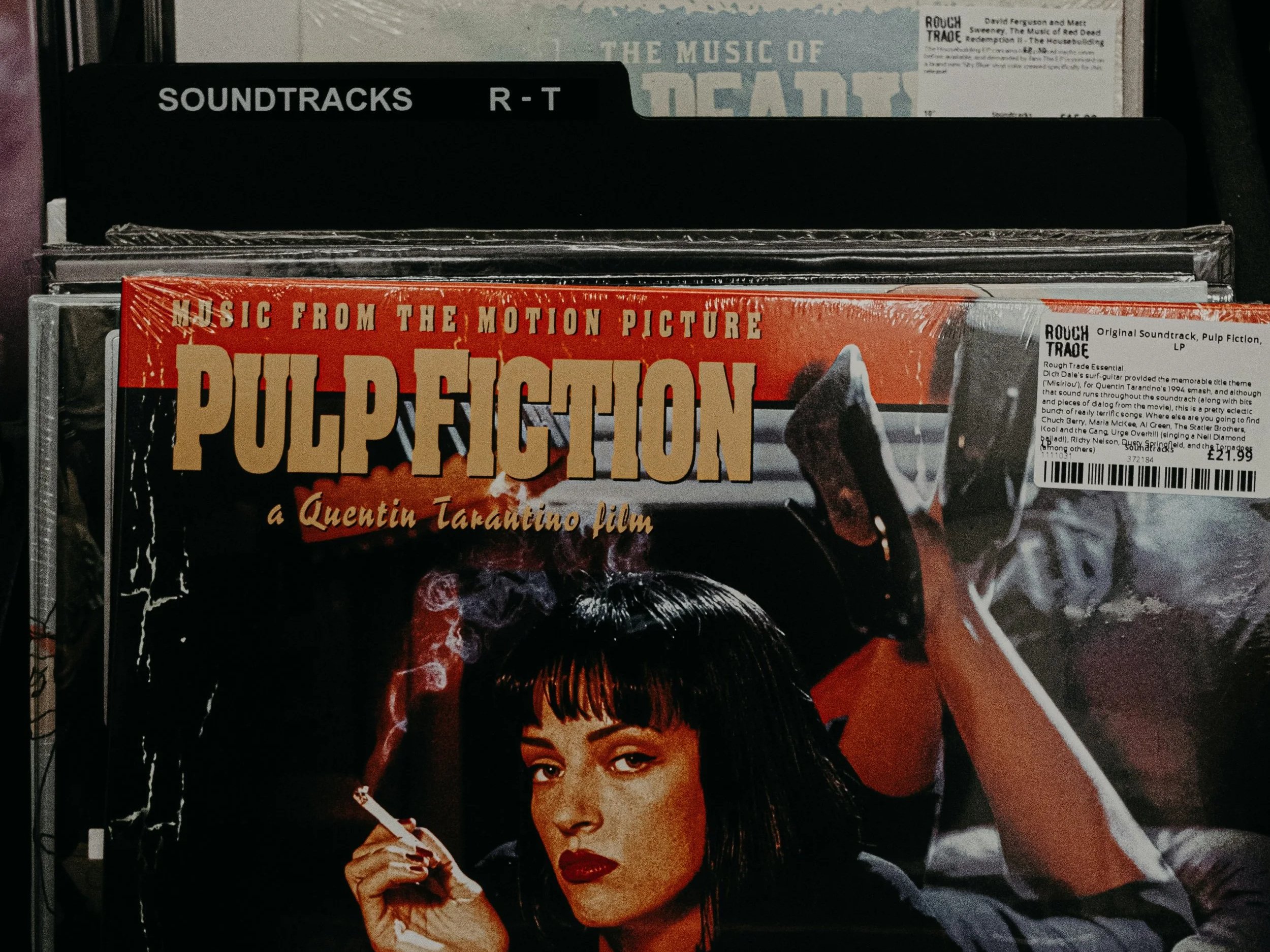


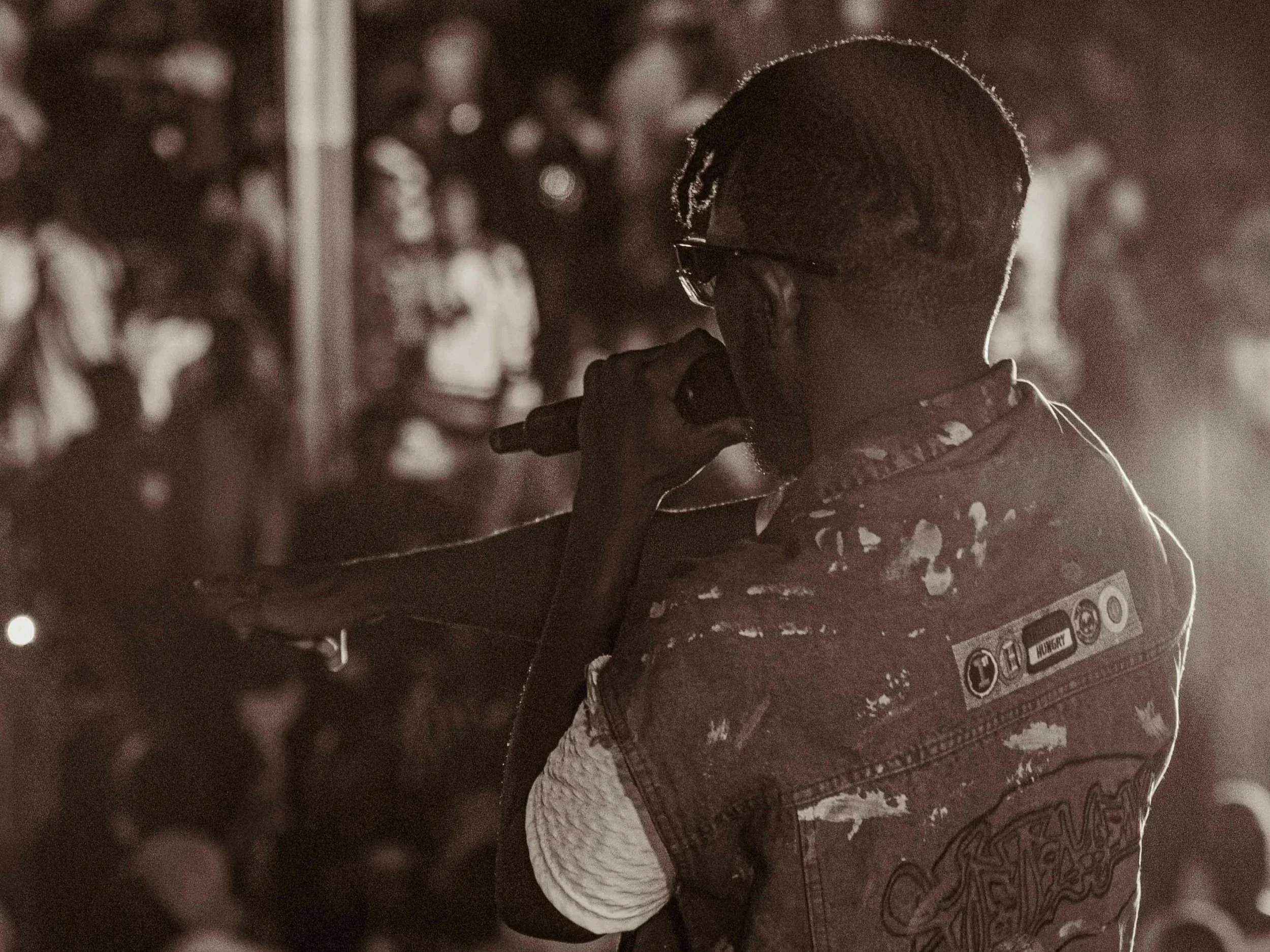





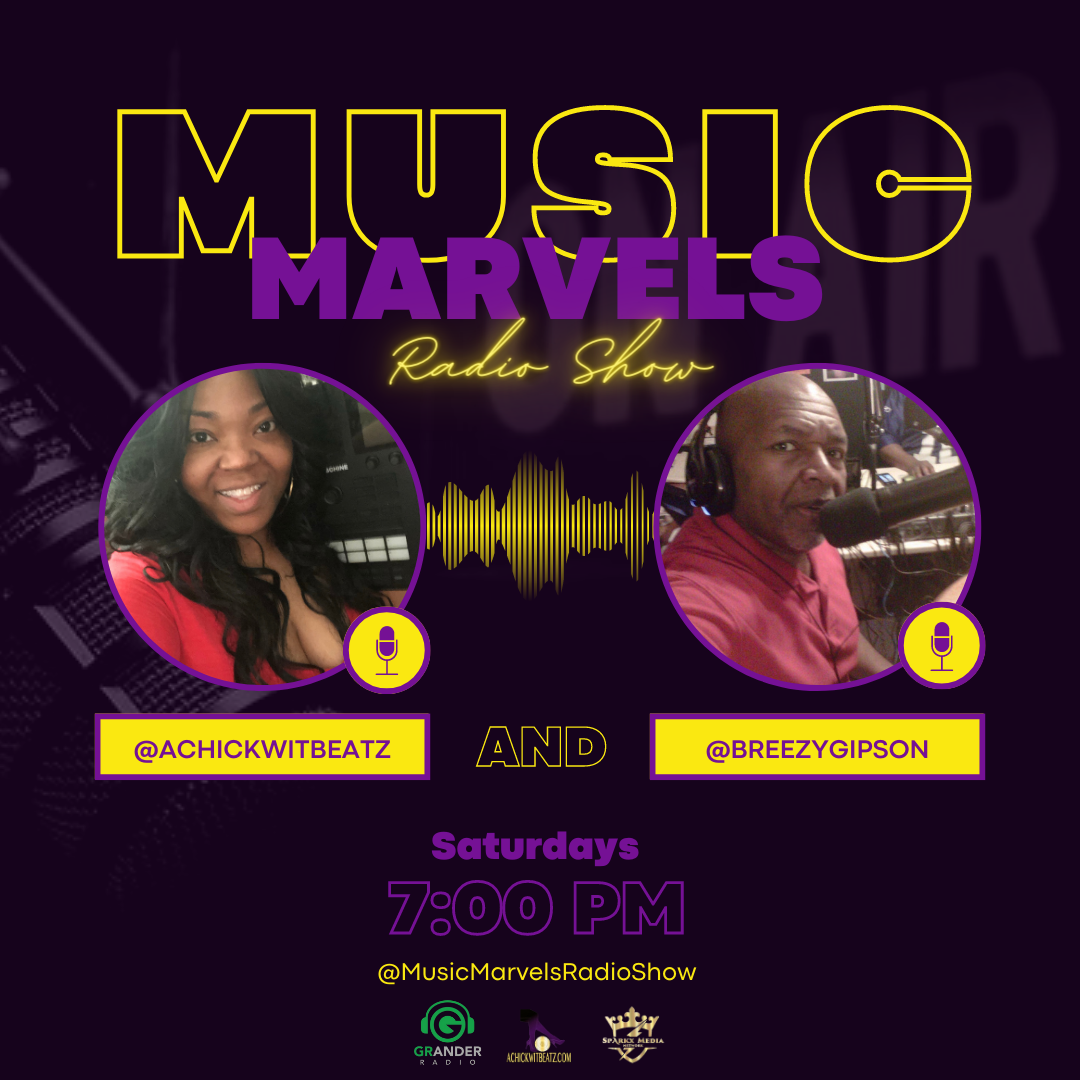
![Hear Here: Achickwitbeatz - Dopamine & Serotonin [Single]](https://images.squarespace-cdn.com/content/v1/52b0b90ae4b0293bfed0d692/1710852808557-EZYGFDIBHLBSIRFOVS1Q/Dopamine+%26+Serotonin.JPG)


